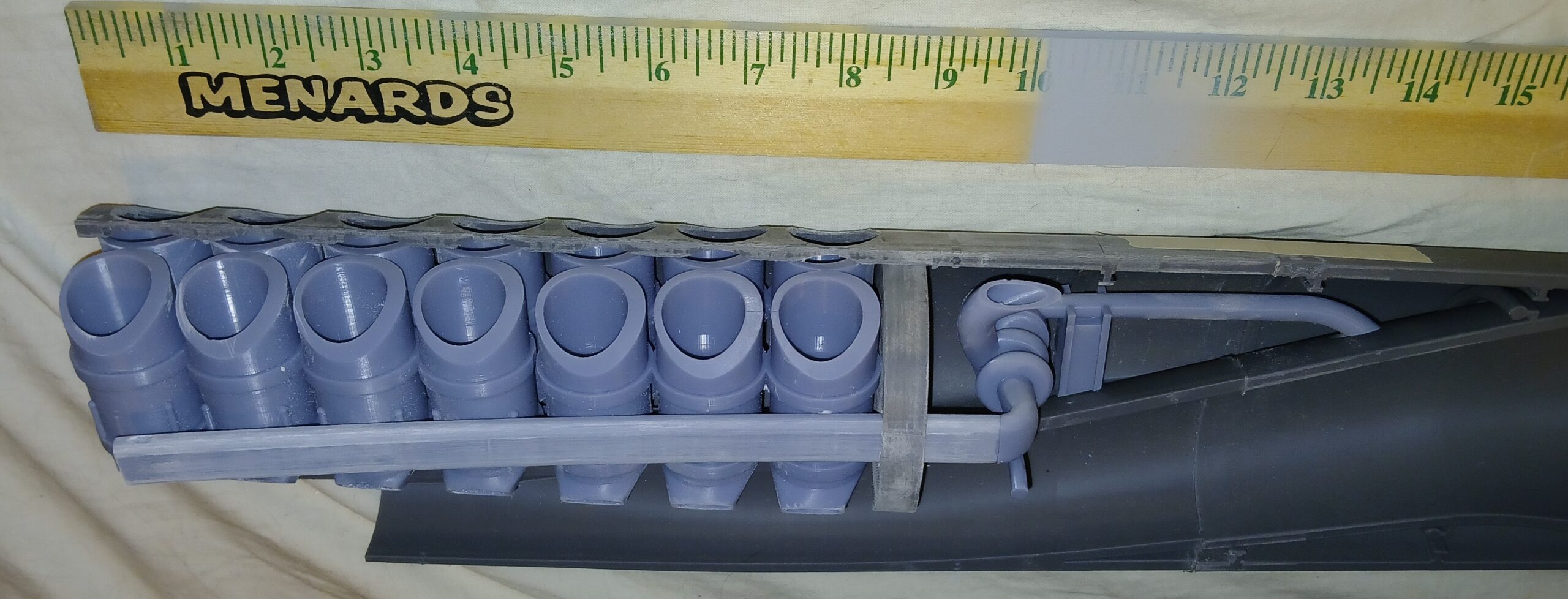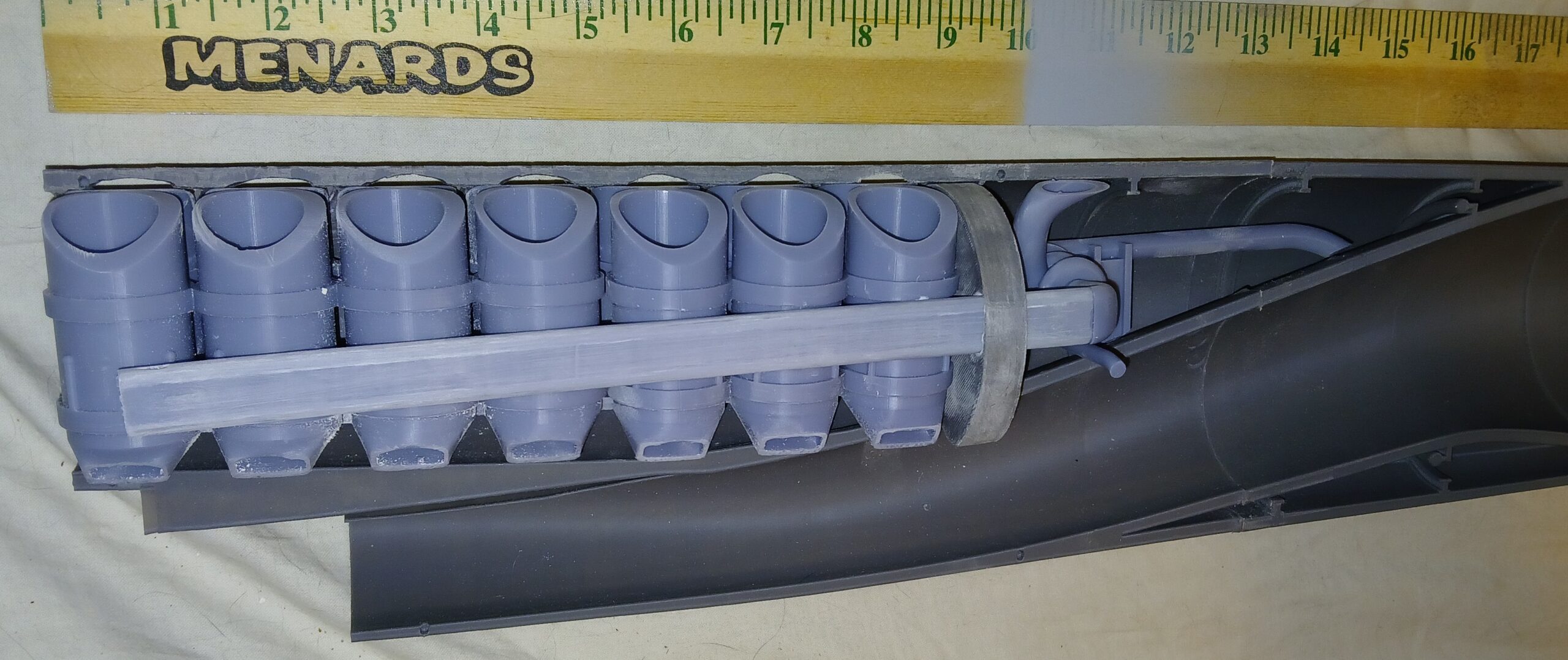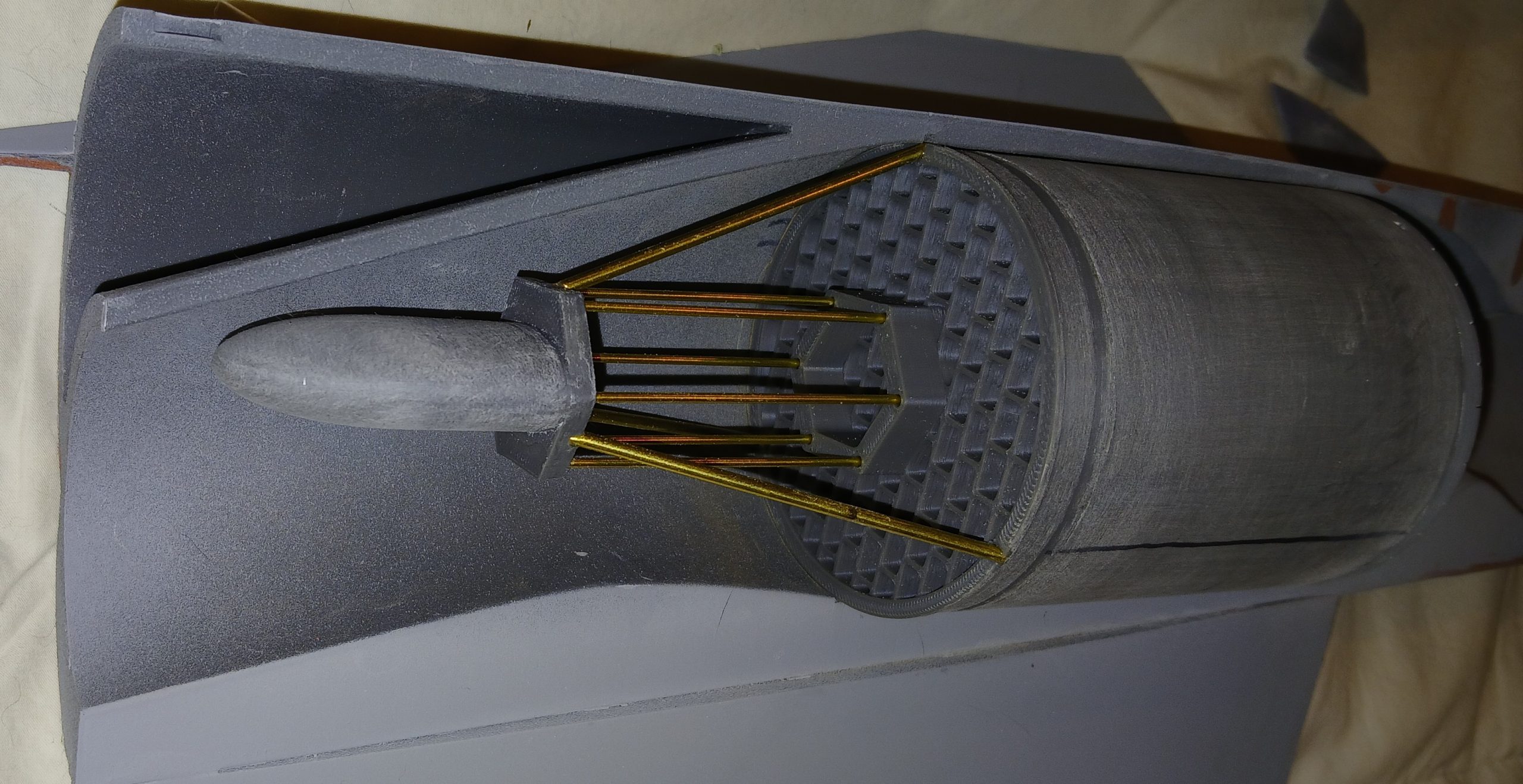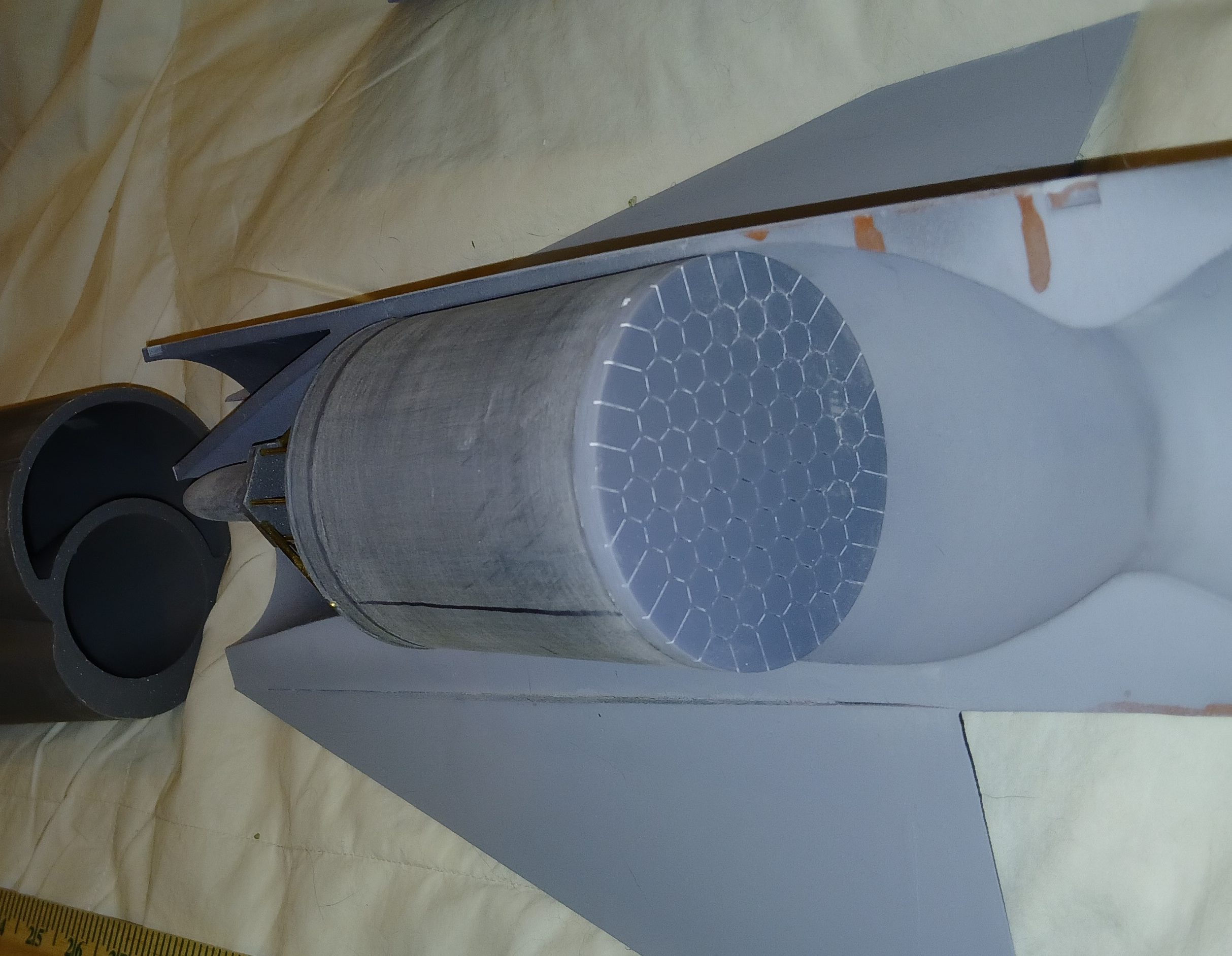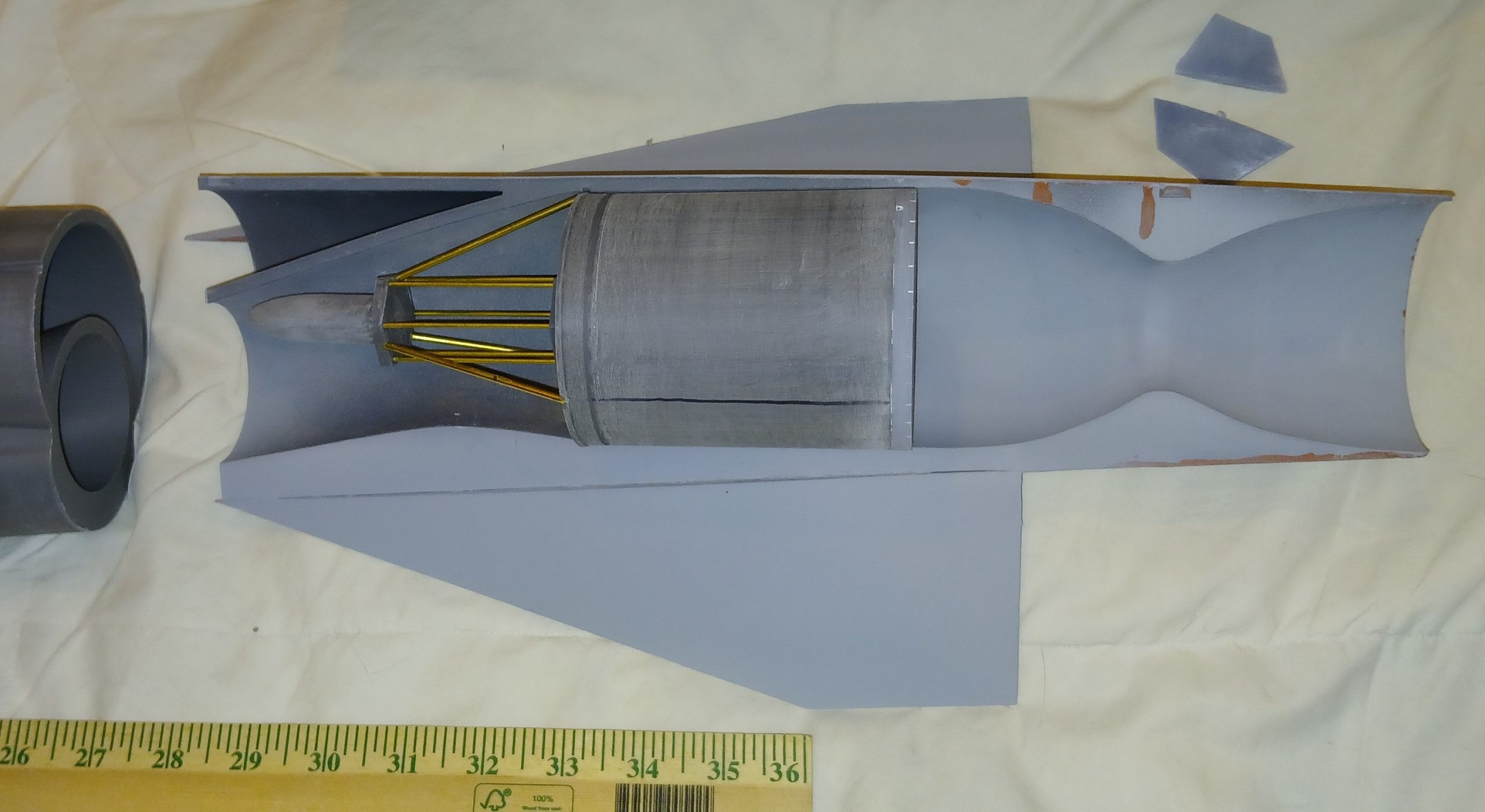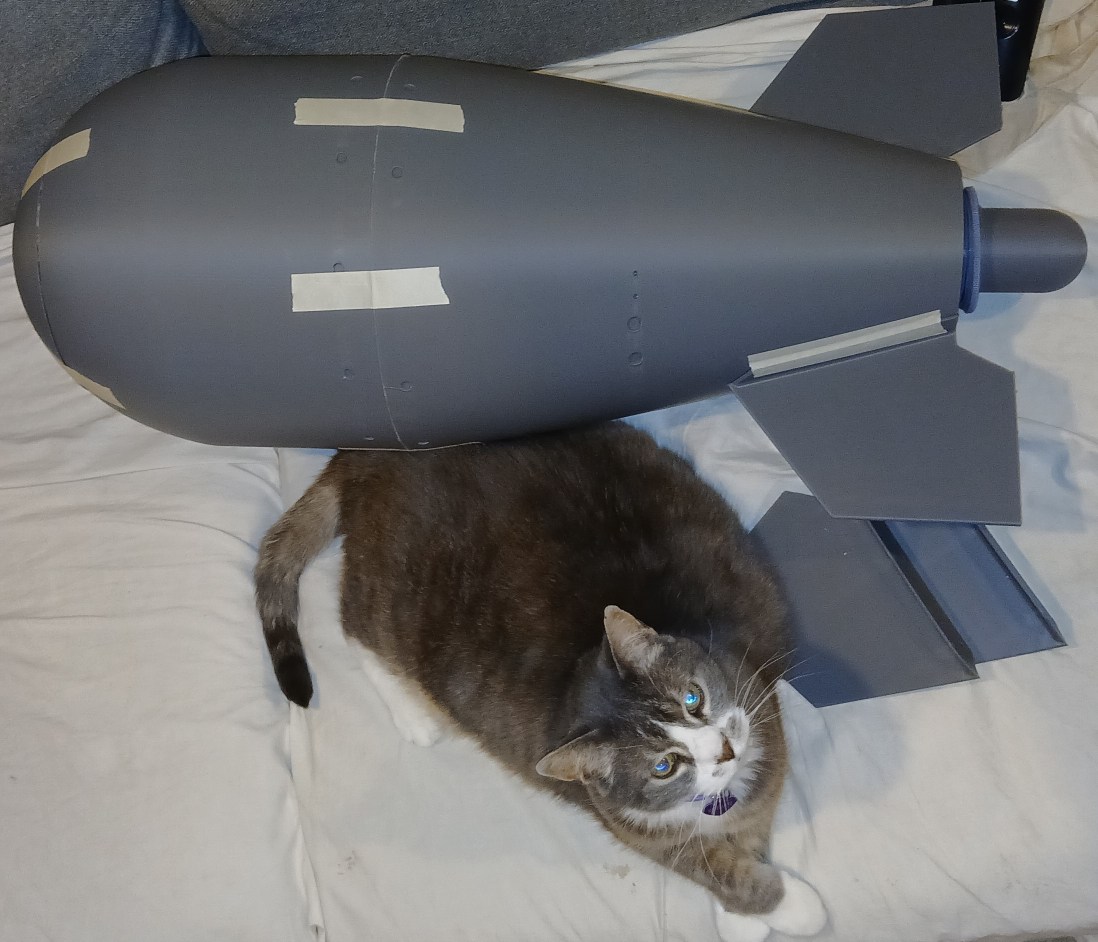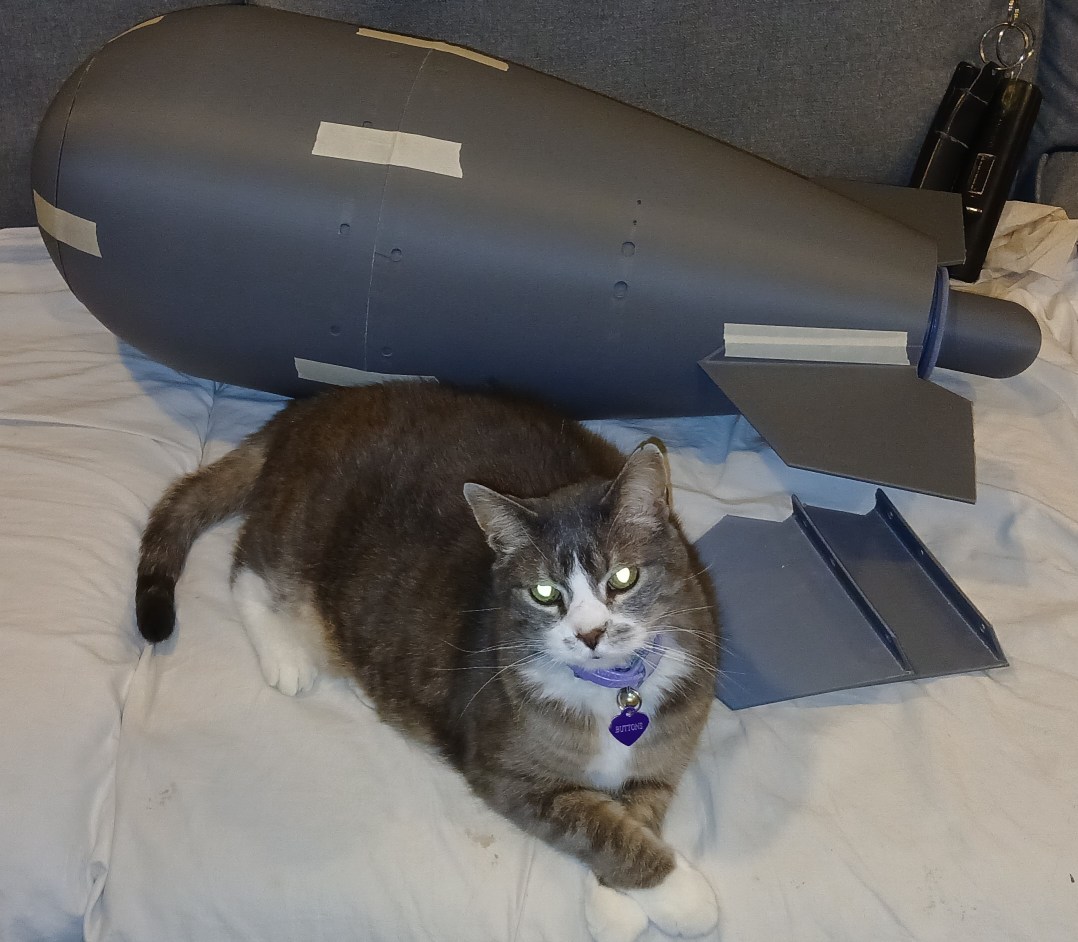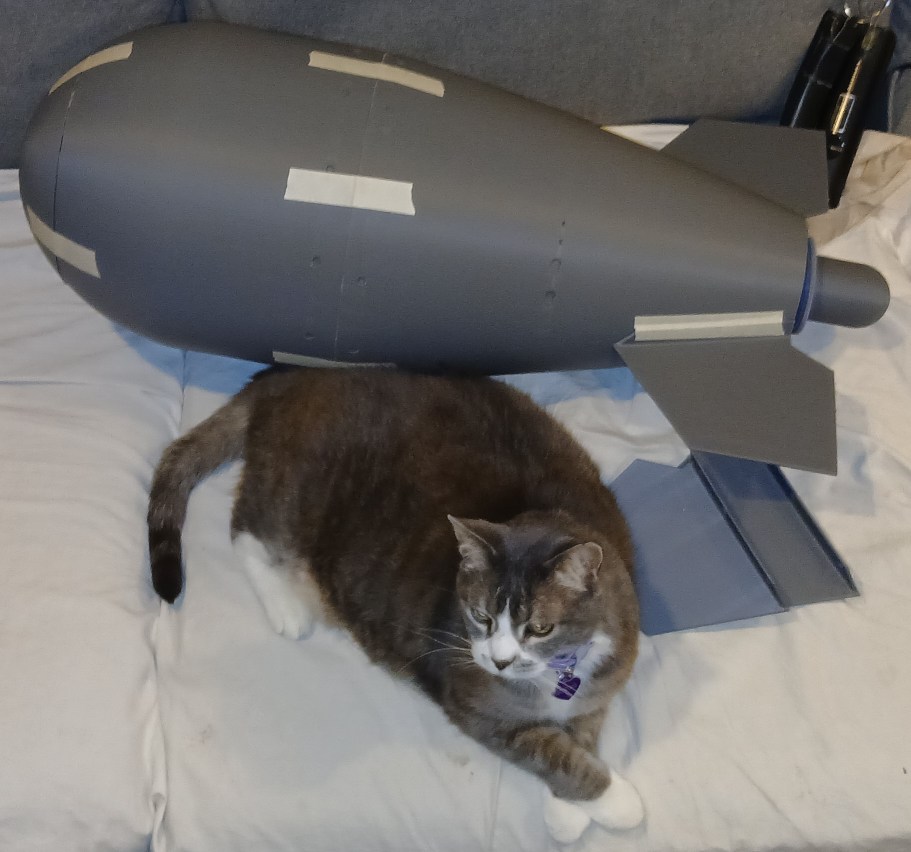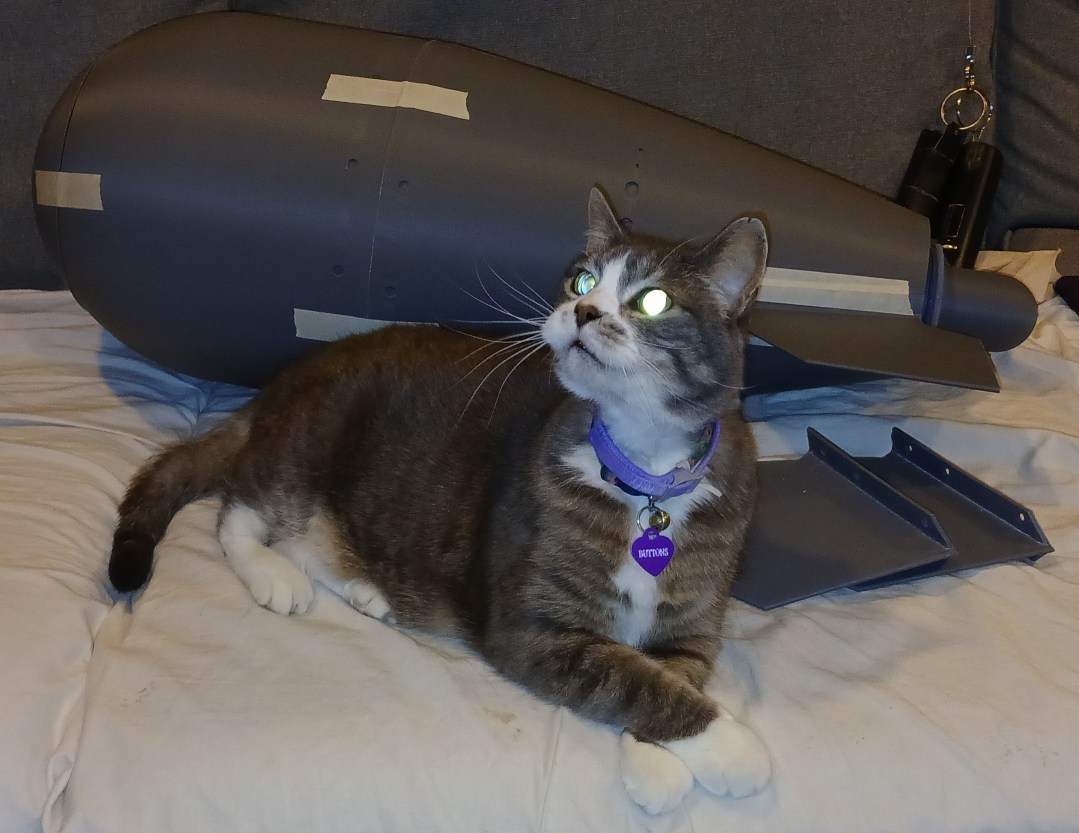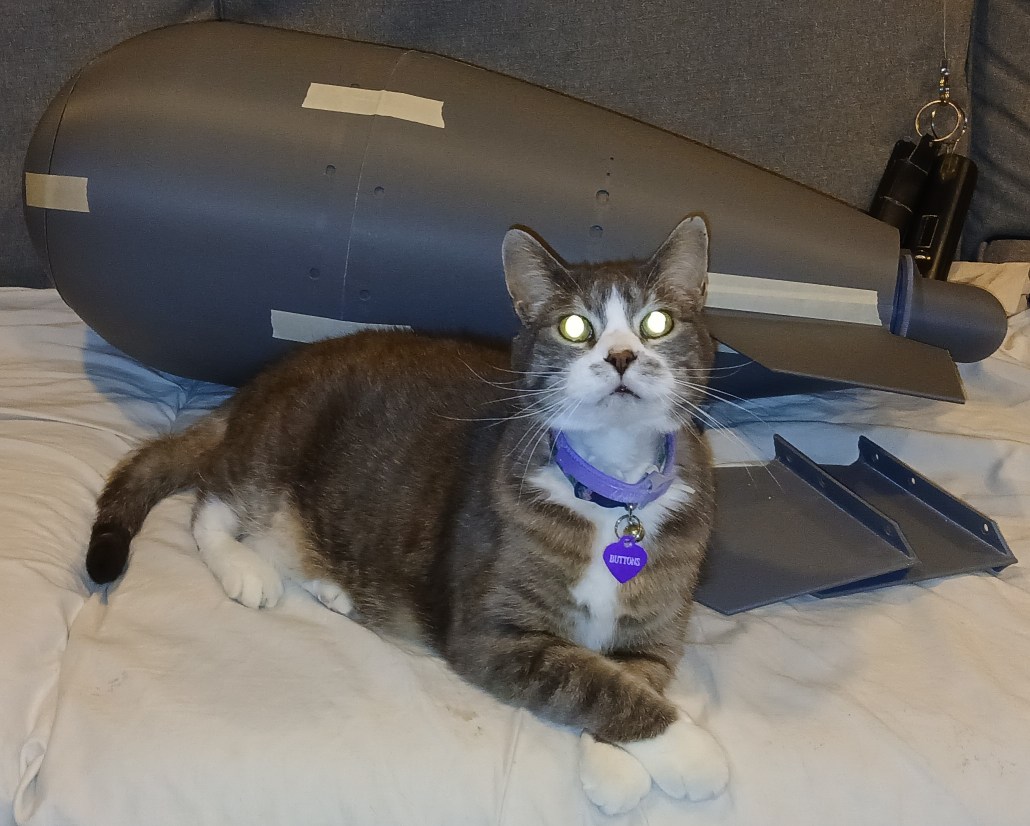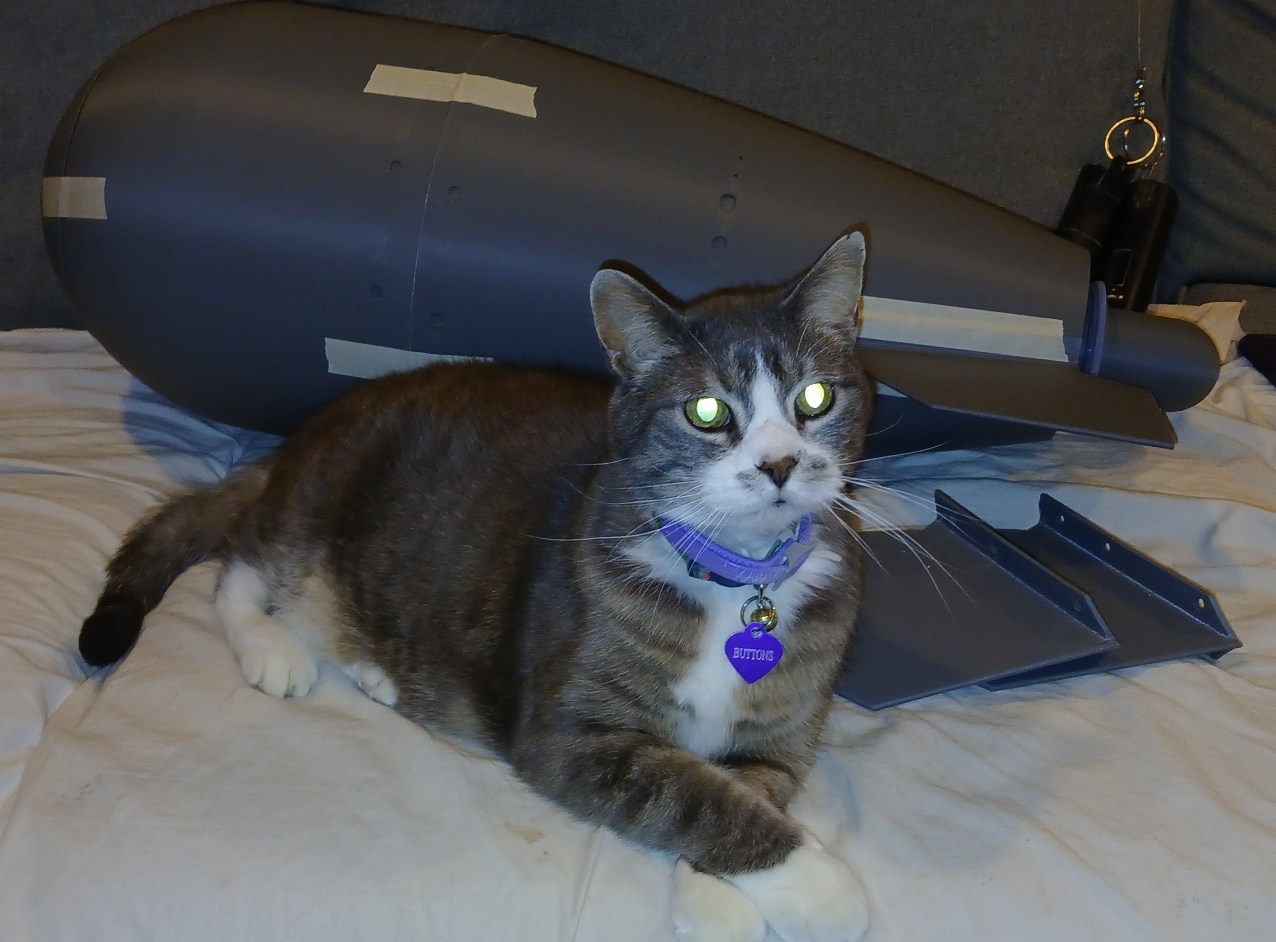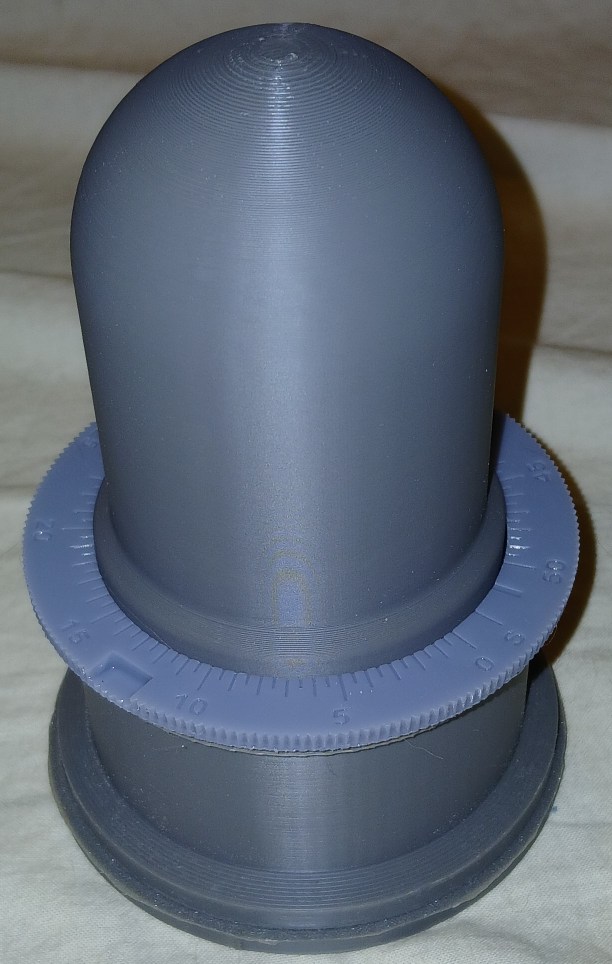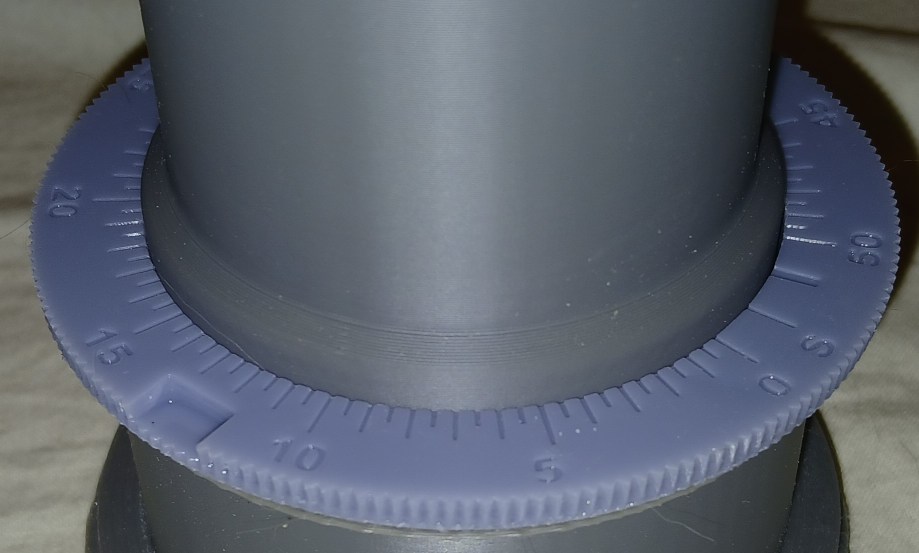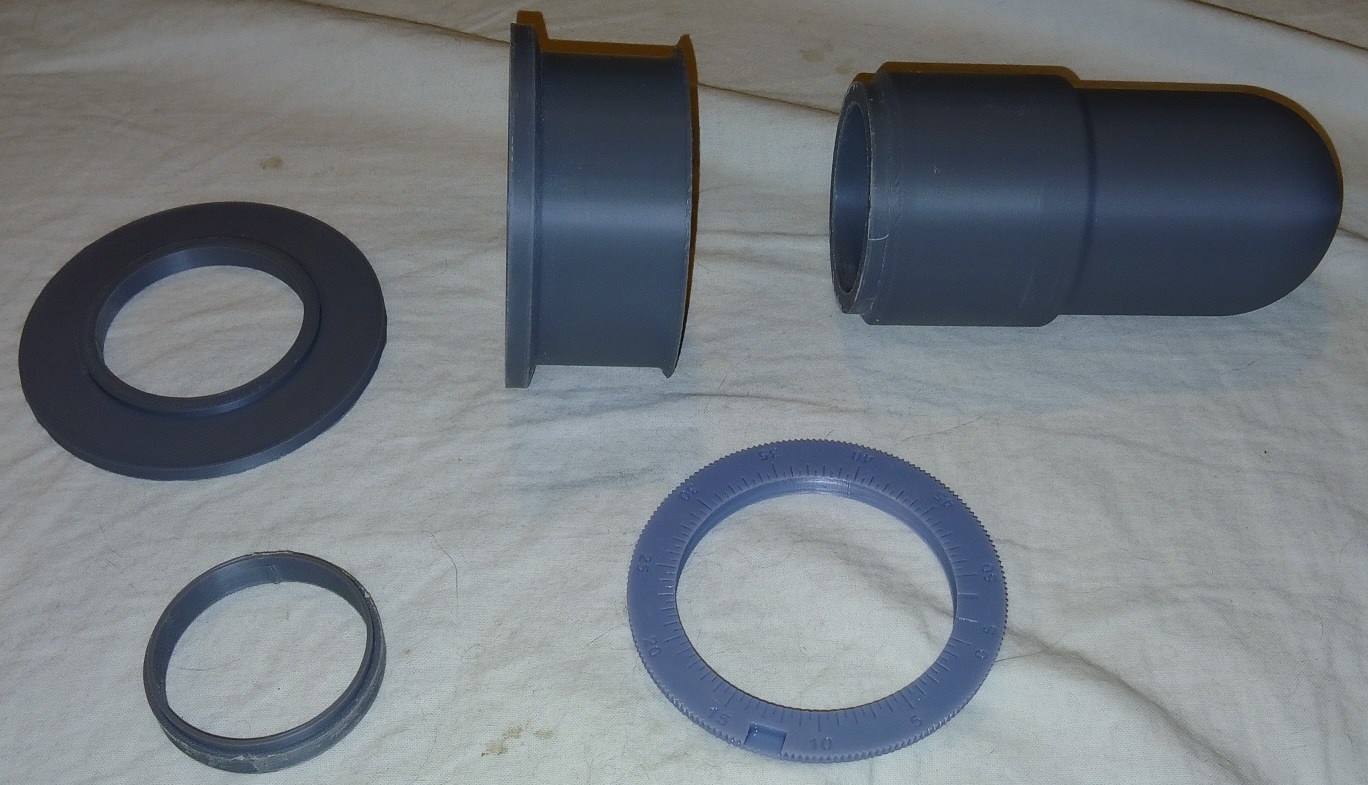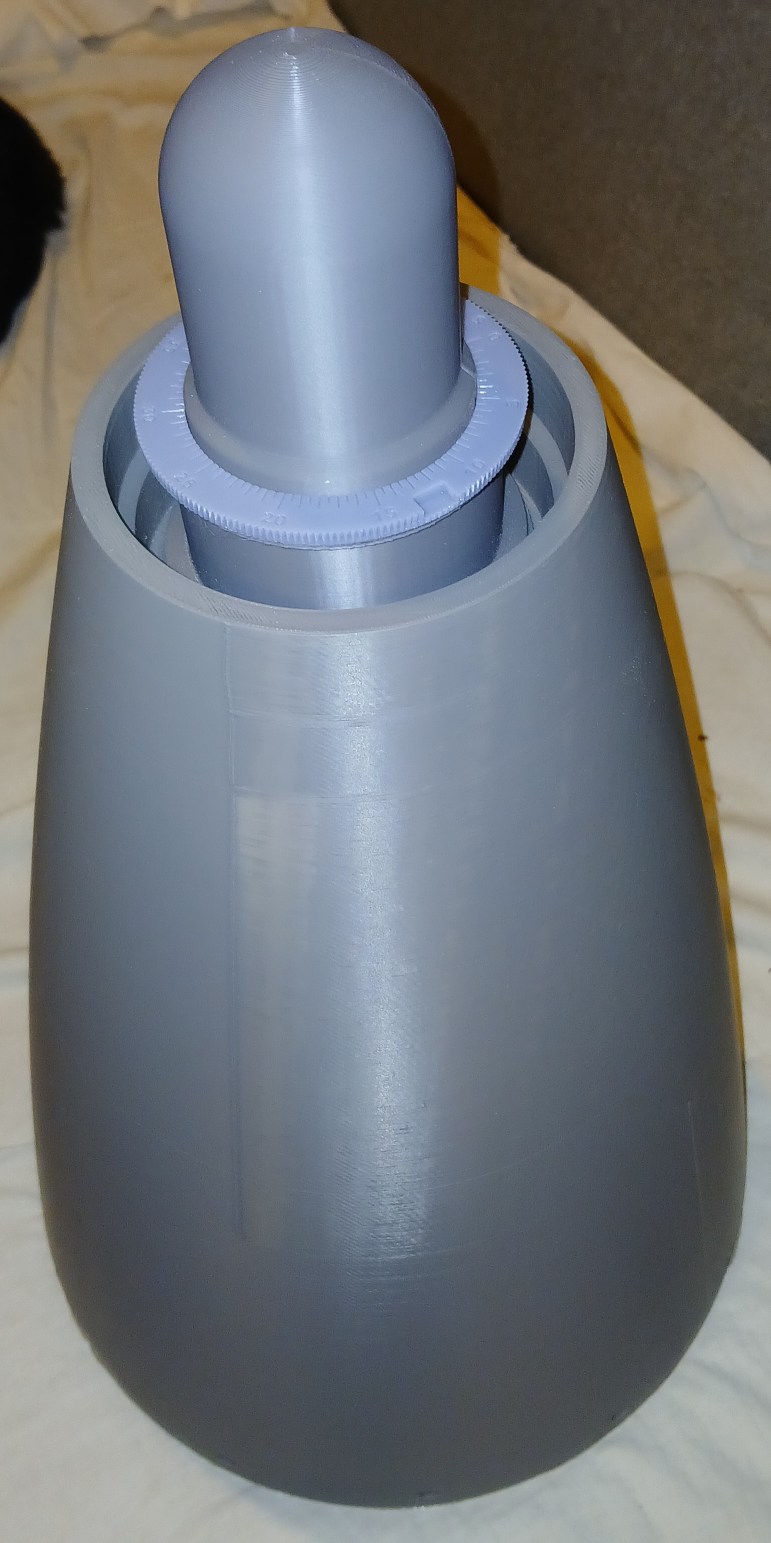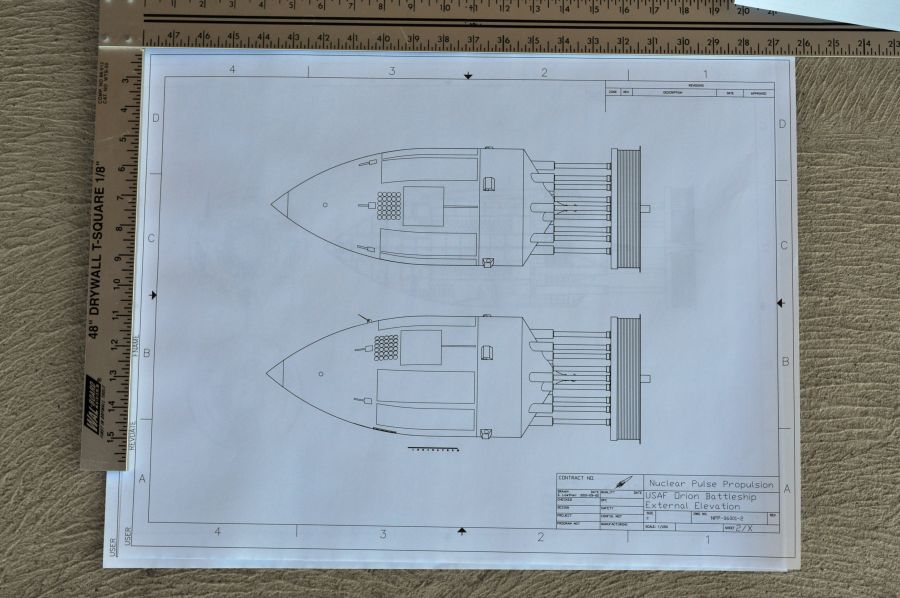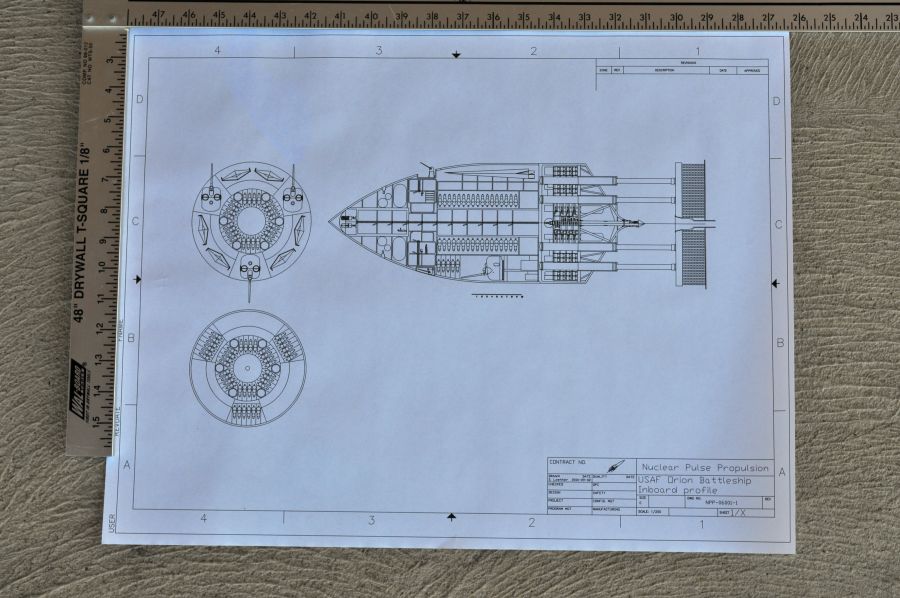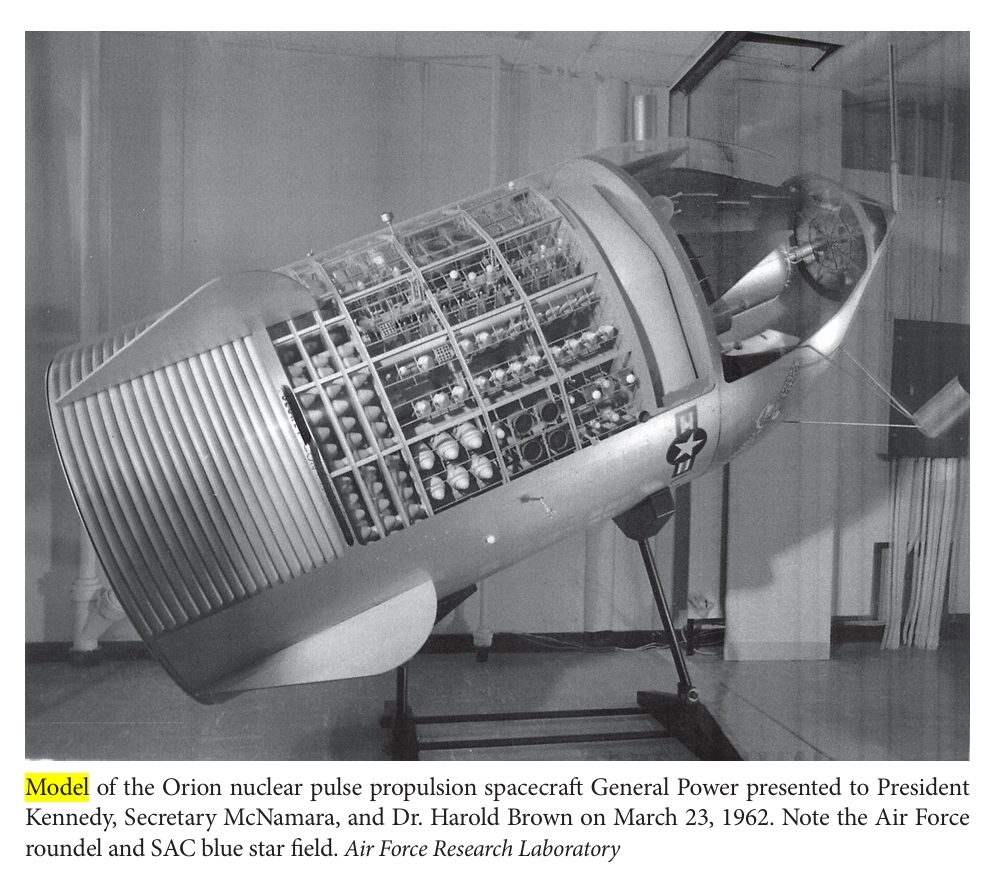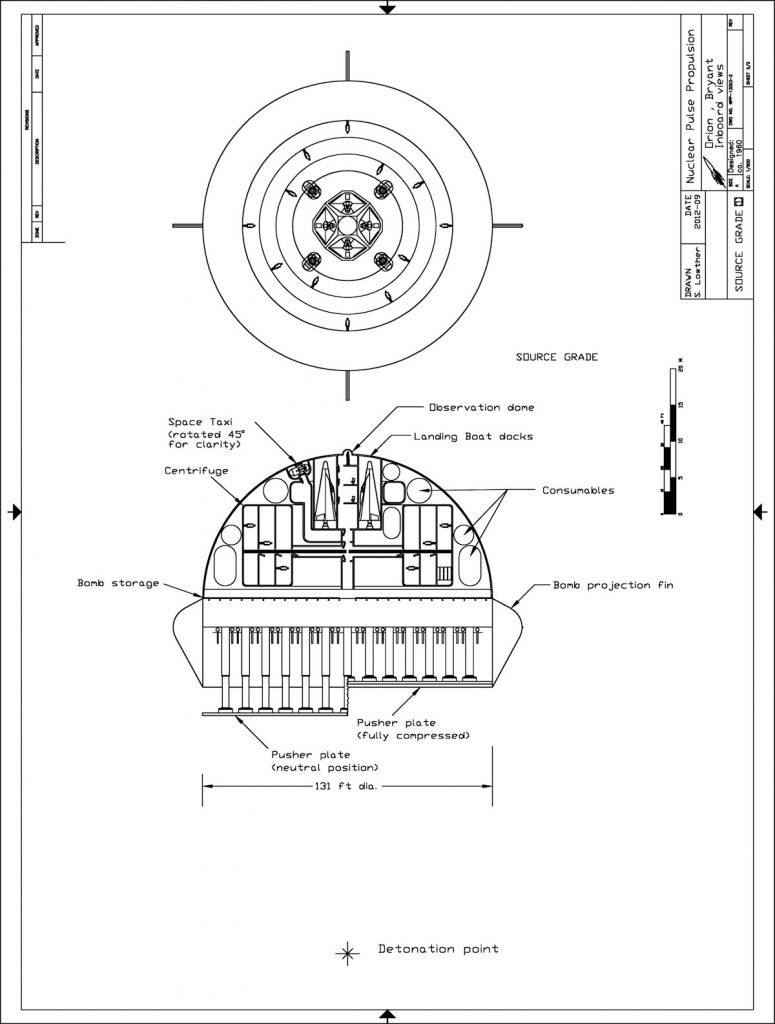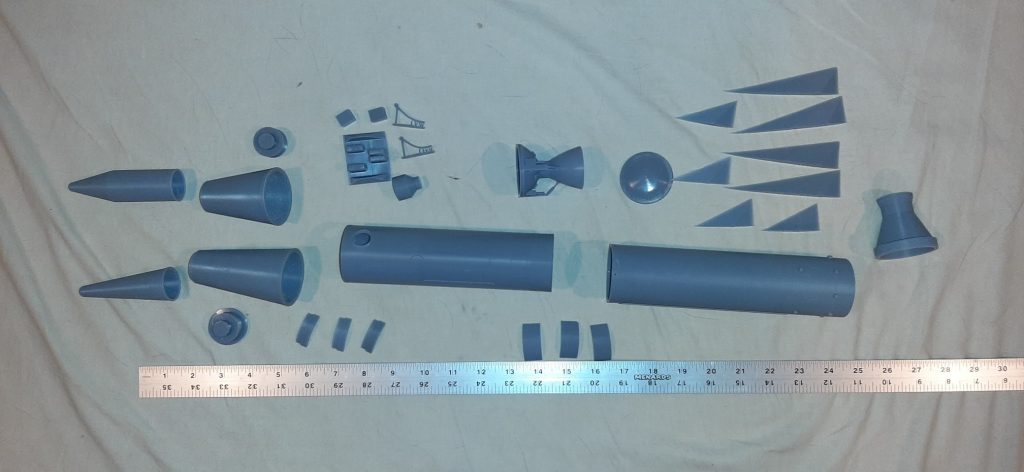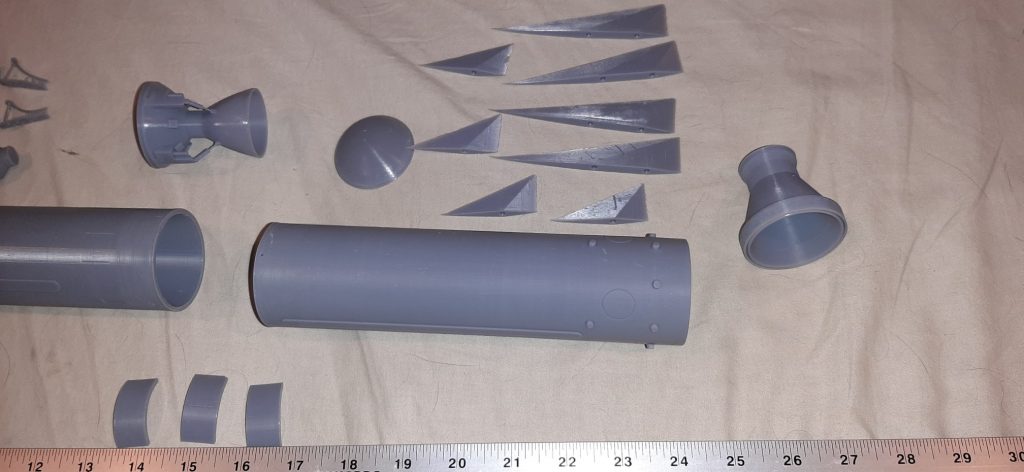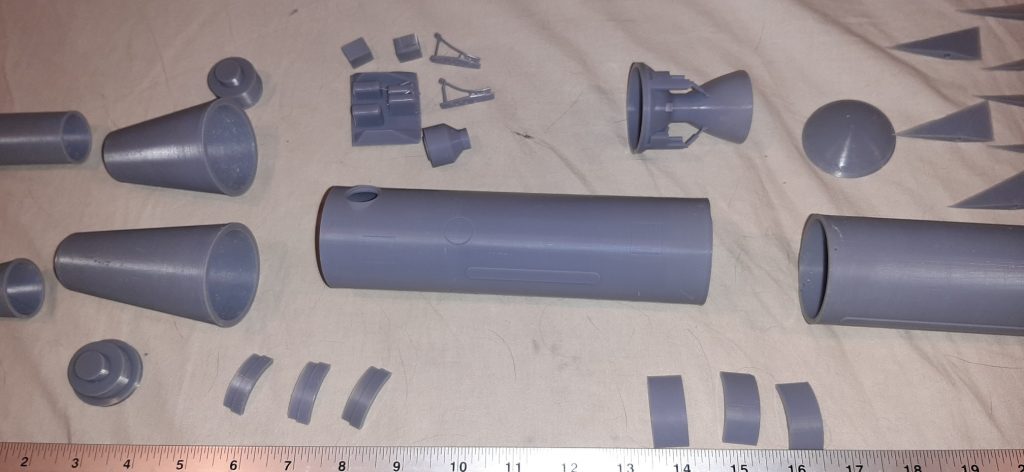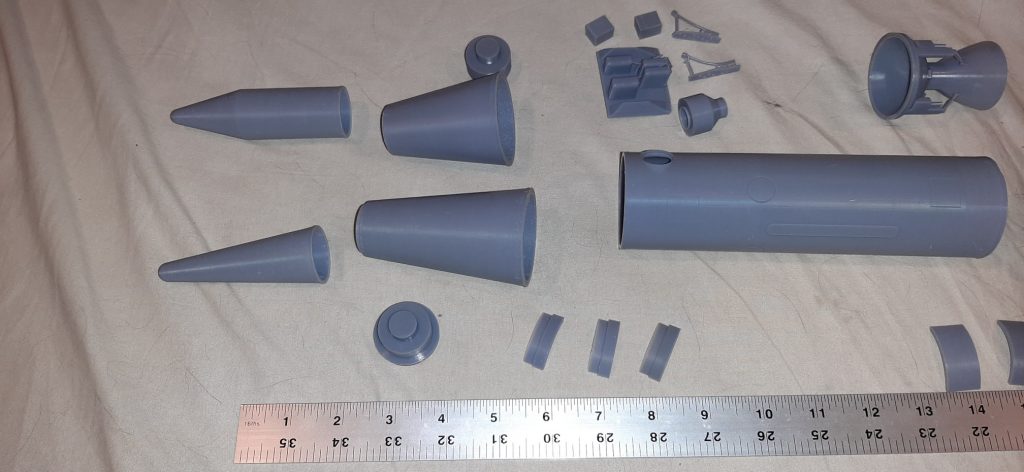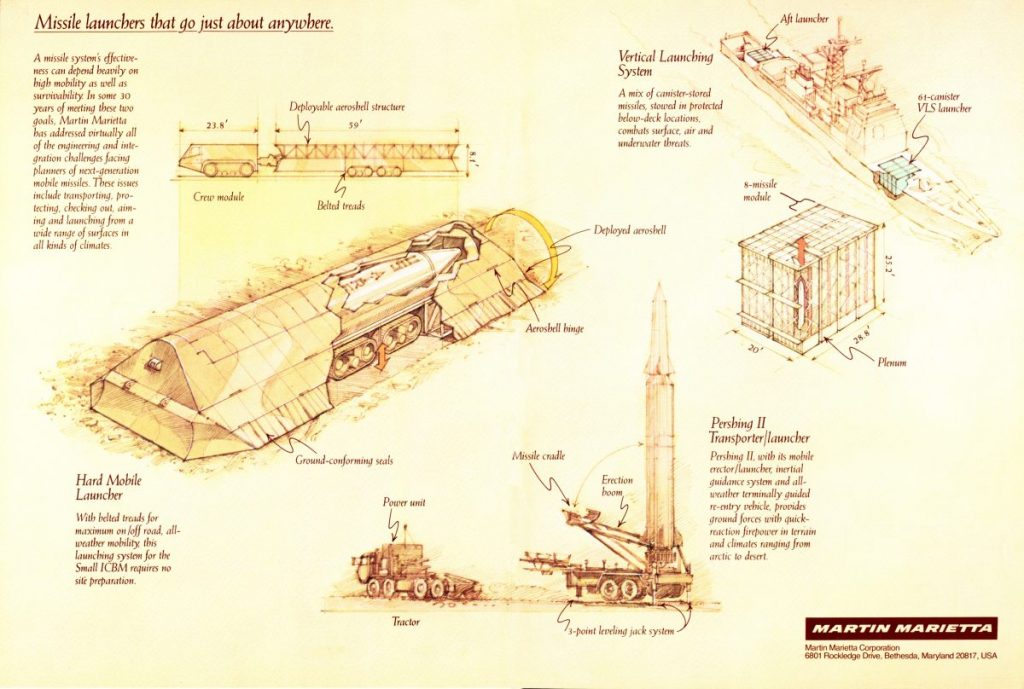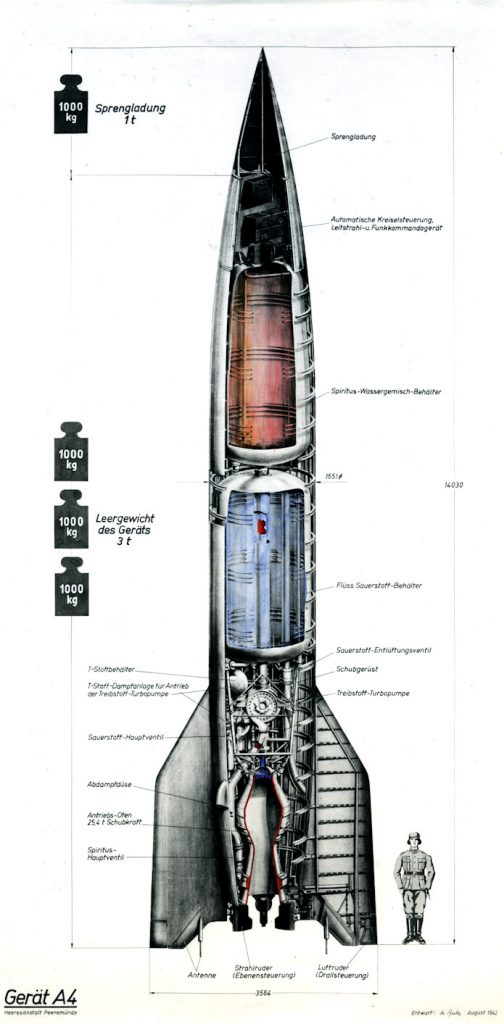ammunition
armed with the facts
aim for
at the end of a gun
bang to rights
best shot
big guns
big shot
bite the bullet
blaze away
broadside
brought a knife to a gunfight
bullet-points
bullet-proof
bullet train
bull’s eye
cannon fodder
caught in the crossfire
cheap shot
circular firing squad
dead eye
dodged a bullet
don’t shoot the messenger
even shot
faster than a speeding bullet
finger on the trigger
fire away
fire back
fire for effect
firing blanks
firing line
firing squad
flash in the pan
full bore
go ballistic
great guns
gun down
gun it
gun shy
gunning for someone
half-cocked
hang fire
have a shot at
heavy artillery
high caliber
hired gun
held a gun to my head
hot shot
hotter than a $3 pistol
in my sights
in the crosshairs
in the line of fire
itchy trigger finger
jumped the gun
Just shoot me!
keep your ammo dry
like shooting fish in a barrel
lock, stock and barrel
lock and load
long shot
loose cannon
magic bullet
misfired
missed the mark
more bang for your buck
moving target
number one with a bullet
outgunned
on target
open fire
parting shot
point blank
point & shoot
pot shot
powderkeg
pull the trigger
quick on the draw
quick on the trigger
rapid fire
ready, aim, fire
riding shotgun
rifle through
scattershot
set your sights on
she/he is a pistol
shoot blanks
shoot down in flames
shoot first, ask questions later
shoot for
shoot for the moon
shoot from the hip
shoot me an email
shoot off your mouth
shoot on sight
shoot out
shoot the breeze
shot across the bow
shot down
shot in the dark
shot myself in the foot
shot to hell
shotgun apartment
shotgun seat
shotgun wedding
shots fired
silver bullet
slow on the draw
small bore
smoking gun
son of a gun
stick to my guns
straight down the barrel
straight shooter
sun’s out, guns out
surefire
sweating bullets
take aim
take a shot
target market
top gun
trigger a response
trigger alert
trigger happy
trigger law
trigger warning
triggered
trip your trigger
turkey shoot
under fire
under the gun
welcome to the gunshow
whole nine yards
whole shooting match
with both barrels
with guns blazing
worth a shot
you could fire a cannon down the street and not hit anyone
young guns

